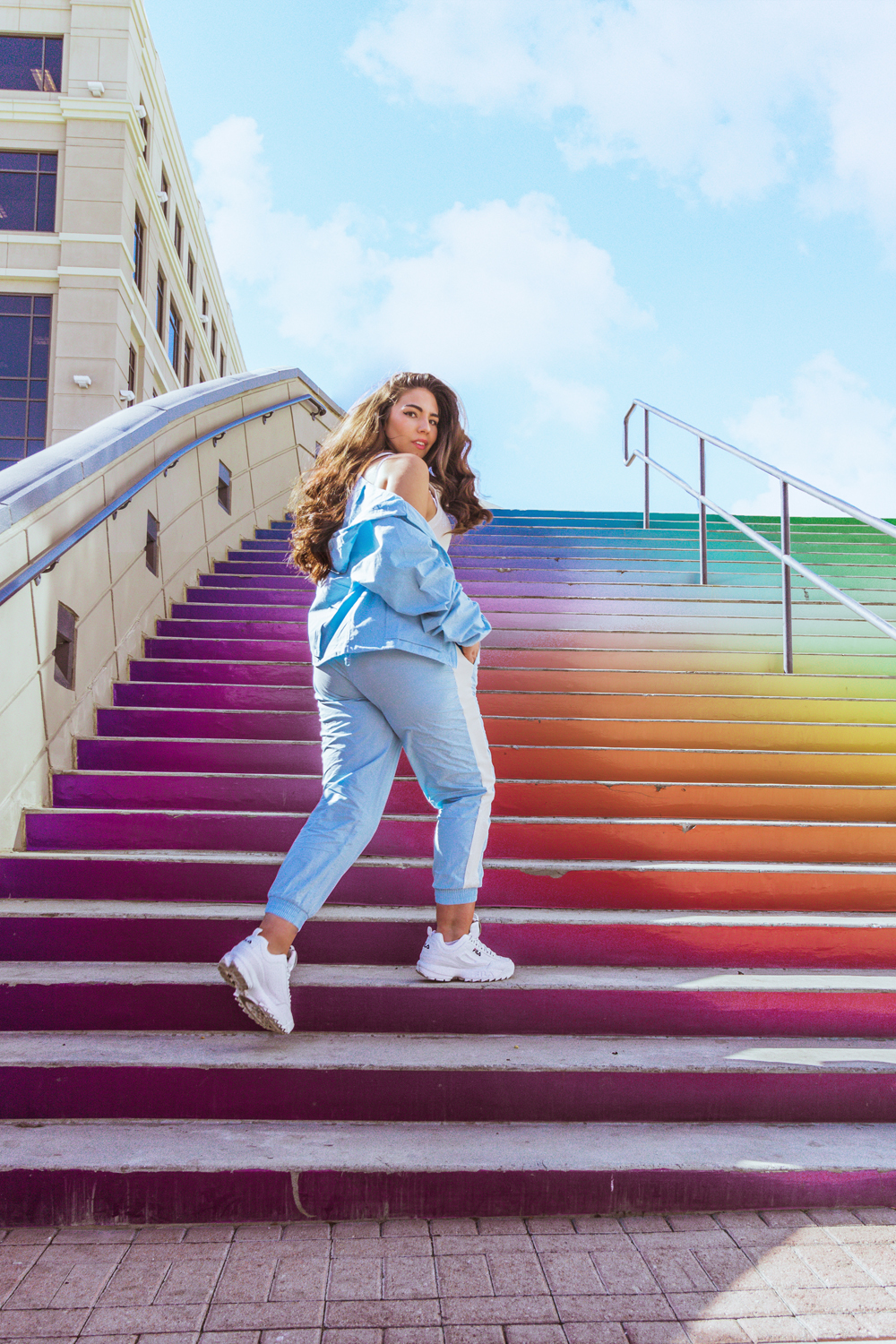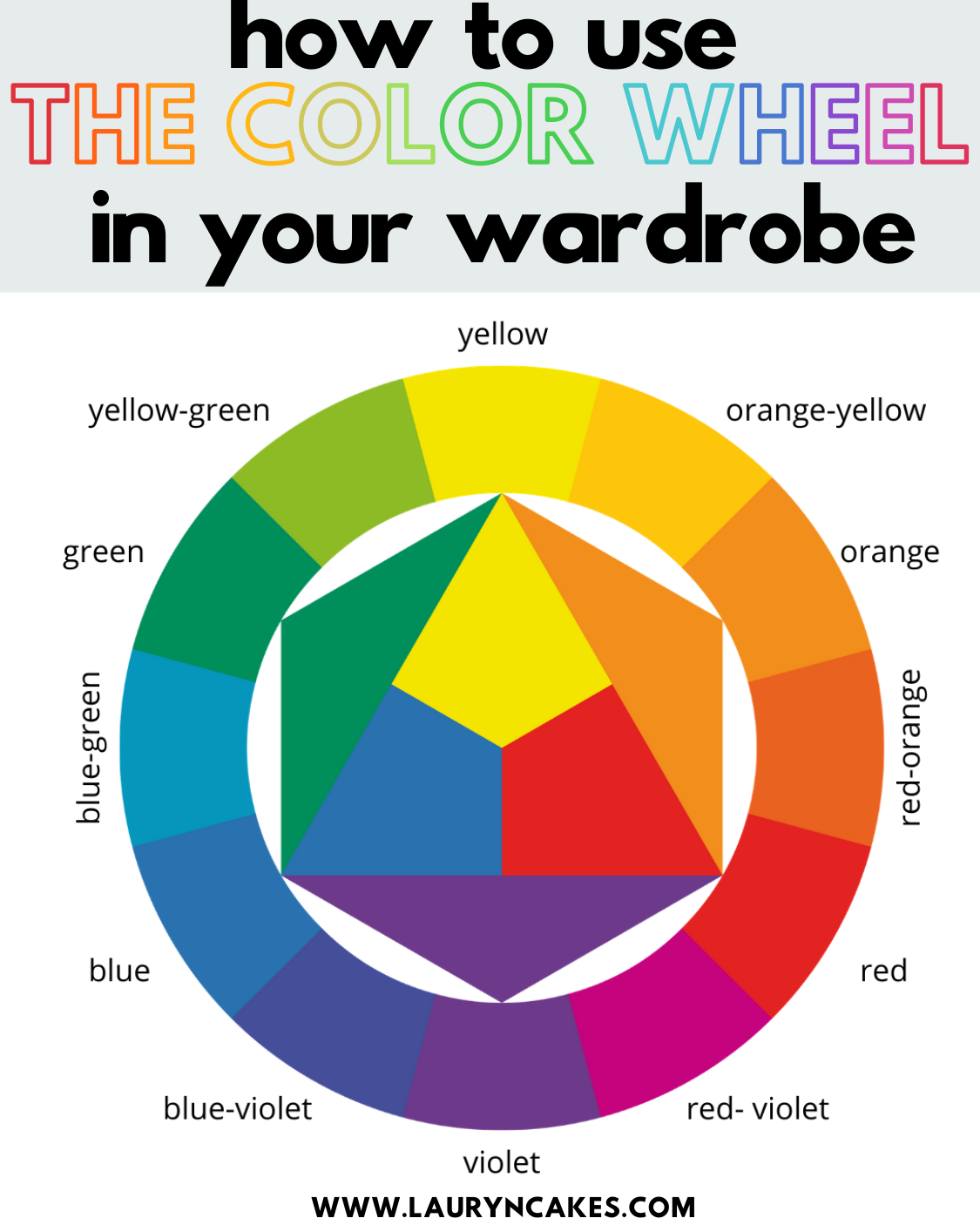According to the psychology of color, if you mix and match your wardrobe colors, it can have an impact on your mood, behavior, and stress management. Although many people want to venture into having a colorful closet, many are afraid to take the leap because they don’t know where to start. As someone that wears a lot of bright and colorful clothing, I know how much it has positively affected my confidence! Here are some proven ways to add the rainbow into your wardrobe using science.

Pairing to Mix and Match Wardrobe Colors
To truly understand how to mix and match wardrobe colors, look no further than the traditional color wheel. Begin by using a color that you know works well for you, and then understand that analogous colors will also look good on you, too! Analogous colors are next to each other on the color wheel. If you were to choose the primary color blue, an example of analogous colors to blue are violet and green, plus all the shades in between!
Using Complementary Colors Palettes
Taking your wardrobe to the next level and mixing is easy if you embrace complementary colors. These are color opposites, or across from each other, on the color wheel. I’ll use the primary color blue again; the complementary color (across the color wheel) is orange. That means that pairing blue and orange in your outfit will work well, just as long as you get the corresponding hues!
Clothing Temperature, Hue, and Saturation
In order for complementary colors to work well together, they must have a similar shade. Use color temperature to determine the shades to pair together! For instance, if you take a muted blue, you would want to pair it with the complementary color orange, but also in a muted hue. This also applies to choosing colors by their brightness, softness, or neutralness. Pro tip: neutrals (such as white, black, brown, and beige), go together well all of the time!




Falesi Sichivula
May 10, 2022Good